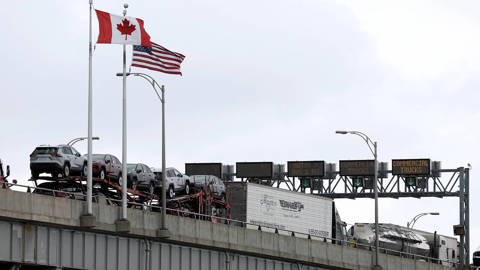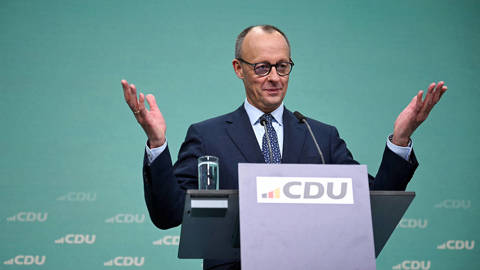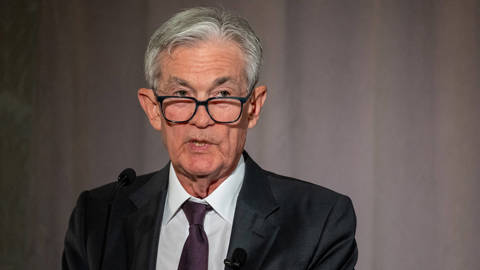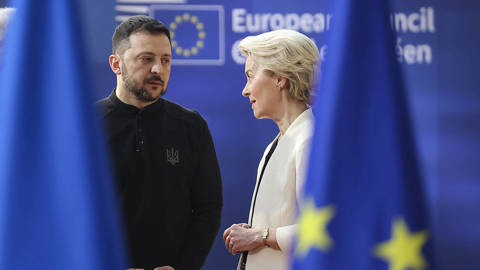The Ultra-Easy Money Experiment
Bill White’s commentary responds to my argument, set out in a lecture at Cass Business School, that overt monetary finance (OMF) of increased fiscal deficits should not be a taboo policy option. My purpose was not to recommend specific policies in particular countries, but to widen the scope of debate about our policy response to the still-profound challenges facing the advanced economies. White’s response is immensely valuable, engaging in detail with the arguments, rather than simply recoiling from the unmentionable.
I agree with much in White’s analysis. As he stresses, the most fundamental driver of financial instability is the ability of fractional reserve banks (and shadow banking systems) to create credit and money, and thus to inject additional spending power into the economy. The 2007-08 financial crisis was primarily the result of a huge increase in leverage throughout the economy – enabled, facilitated, and accentuated by Greenspan “puts” and financial liberalization. Central banks, focused solely on maintaining price stability – indeed, convinced that they had achieved a lasting “Great Moderation” – viewed rising leverage benignly.
On all of this, White and I agree. We also agree on the need for financial-regime change to reduce the risk of crises in future. But, while White raises valid issues concerning how to respond to the post-crisis mess of debt overhang, deleveraging, and deflationary pressures, he does not undermine my case for considering the option of using OMF to fund increased fiscal deficits.
One radical regime change, proposed in the 1930’s by economists like Irving Fisher and Henry Simons, and endorsed by Milton Friedman in 1948, would be to abolish fractional reserve banking (and thus banks’ ability to create new credit, money, and purchasing power autonomously). I am not convinced that this is a realistic option. It overlooks the potential benefits of some maturity transformation, and it ignores the practical enforcement challenge – the potential for bank-like credit and money creation to flourish outside the formal banking system.
But the devotees of 100% reserve banking usefully focus our attention on the fundamental issue – the credit cycle – and, like White, I believe that a more stable future system requires powerful macro-prudential tools: higher and countercyclical capital requirements, quantitative reserve requirements, and direct controls on borrowing through loan-to-value or loan-to-income limits. As White puts it, we need an entire new policy mindset, based on the recognition that financial structure, dynamics, and quantities matter crucially for macroeconomic stability, regardless of whether price stability has been achieved.
While building a better future financial regime, however, we must also deal with the severe problems caused by our past failures. Too much debt in the system means that our traditional responses – fiscal or monetary – may prove ineffective or produce harmful side effects. Fiscal deficits funded with interest-bearing debt may usefully offset private-sector deleveraging and low demand, but can produce unsustainably high public-debt levels.
And, while ultra-easy monetary policies – sustained low interest rates or unconventional measures such as quantitative easing (QE) – are an alternative way to provide stimulus, White and I share deep concerns about their long-term effects. Financial speculation and complex risky innovation may prove far more responsive than real economic activity to low interest rates. And ultra-easy monetary policy will work only if it stimulates increases in private leverage – the very problem that got us into this mess in the first place.
We seem, therefore, to have reached an impasse. We are in a mess created by deficiencies in our past regime, and the authorities seem to be out of fiscal and monetary ammunition. My point is that they are not: In a fiat money system, the authorities never run out of ammunition with which to stimulate nominal demand. Using OMF to fund increased fiscal deficits is always an available option, and, in extreme circumstances, it should be deployed.
White rightly questions whether we are certain that more stimulus of any sort is actually required. In some countries, the answer may be no. But across the major advanced economies, nominal GDP growth rates over the last five years have been well below those compatible with low inflation and attainable real output growth. More rapid nominal GDP growth would almost certainly have resulted in higher real growth and would have made it easier to achieve necessary deleveraging. The experience of Japan over the last 20 years shows that without moderately positive nominal GDP growth, aggregate leverage tends to increase relentlessly.
But isn’t current policy in some countries similar to OMF? After all, in the UK, the US, and Japan, large fiscal deficits, combined with central banks’ purchases of government debt, are producing an expandion of the monetary base. True, but policy choices could still be importantly different if OMF were accepted as an option.
Consider two scenarios. In the first, the government runs a fiscal deficit of 5% of GDP , funded with the issue of interest-bearing debt, and the central bank conducts quantitative easing operations equal to 5% of GDP, while stating that these operations will be reversed in the future. In the second scenario, the government runs a fiscal deficit of 10% of GDP, of which 5% is overtly financed with central-bank money, with the authorities making an explicit commitment that this increase will be permanent. As a result, the additional 5% deficit does not increase measures of government debt as a percentage of GDP.
In terms of the initial impact on the monetary base, the policies would be the same – an increase equal to 5% of GDP. But, in terms of the immediate impact on nominal GDP, they would almost certainly be quite different. The latter option would, to use Milton Friedman’s phrase, inject additional demand directly “into the income stream,” rather than trying to stimulate the economy through the indirect levers of asset-price and portfolio-balance effects.
Thus, while White rightly points out that existing policies to increase the monetary base have elicited little or no response from broader monetary aggregates, this in no way undermines the case for OMF, which does not assume any mechanical relationship between the monetary base, the money supply, and money GDP. Indeed, OMF rests quite explicitly on the belief that, as a result of liquidity-trap effects, increases in the monetary base per se might be wholly ineffective in stimulating nominal GDP in some circumstances.
Where I agree completely with White, however, is that the use of OMF might require the future use of macro-prudential tools to offset unintentionally strong stimulative effects. OMF enables a fiscal stimulus, financed with central bank money. When introduced in a context of private-sector deleveraging, it is unlikely that the first-order stimulative effect will be immediately multiplied by private credit and money creation. But, in a world of fractional reserve banks, there is clearly a danger that the initial stimulus could be multiplied by the subsequent expansion of private “inside money” purchasing power, as animal spirits return to lenders and borrowers.
OMF should therefore be accompanied by the restoration of quantitative reserve requirements to the policy tool kit.
This suggests that while we must consider separately the distinct issues of the future financial-stability regime and the appropriate post-crisis response, there are also important links between them. My own judgment is that we have not yet been radical enough in our redesign of the regime, and that the problems of debt overhang, resulting from our deficient pre-crisis regime, are so profound that all available responses – including OMF – should be carefully considered. Using OMF would of course take us into uncharted waters. But as White says, we are already there.
Read an extended version of this response here: http://bit.ly/13CnriM













